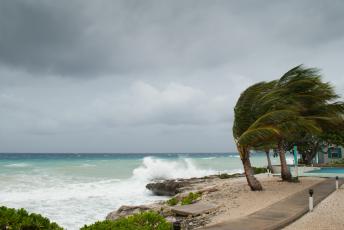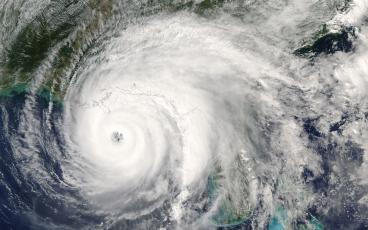One of the societal byproducts of the COVID-19 pandemic has been an increased emphasis on technology to meet changing needs, and the fuel and petrochemical industries are no exception to that trend. In fact, it may surprise some to learn that the industries have long been at the forefront of integrating the latest technologies into their operations. We sat down with AFPM Policy Analyst Mike Burnside to discuss how the industries are using one type of cutting-edge tech — drones — at their facilities to enhance security and safety.
Why are we seeing more drones being used at refineries and petrochemical facilities?
Mike Burnside: I would put drone use at petrochemical facilities and refineries into two big buckets: safety and security.
As far as safety is concerned, drones can perform a number of functions that maintain safety standards at a facility—such as visual inspections of flare stacks or flying close to and into tanks to do visual inspections.
They can also perform functions that might otherwise endanger humans. Since the safety of our workers is our primary concern, the use of drones in recent years has been an important development. They’re used heavily in incident and natural disaster responses.
Although these drones are not invincible, they are able to safely access places humans cannot.
How do they help with security?
MB: A number of AFPM member companies are on the cutting edge of autonomous perimeter inspections. They plug in way points around the facility for a drone to fly a pre-determined route around the perimeter. They are equipped with cameras for visual inspection that allow them to make sure there are no holes in the perimeter fence, and no signs of anyone lurking around the facilities who should not be there.
What kind of drones are we talking about here?
MB: Drones can be anywhere from pocket sized to the size of a Cessna aircraft. However, our facilities generally employ drones that are under 55 pounds due to a regulatory scheme that makes drones weighing more than 55 pounds subject to more onerous regulations.
Some are five to 10 pounds, and some are much larger. It all depends on what gadgets you want to stick on those things. The bigger the drone, the more you can stick on it.
And what are some of the tools and technologies fuel and petrochemical manufacturers are putting on drones?
MB: The drones used in our member companies’ facilities can be equipped with any number of sensors – whether it be acoustic, LIDAR (which is like sonar but using lasers), chemical sensing or visual sensors to use for any number of venues and uses. If you can imagine it, you can pretty much put it on a drone.
How far from the command center can a drone fly? Is it like the military, where the operators can be across the globe?
MB: This is one of the hurdles from a regulatory perspective that holds back the use of drones in our industries. Currently you cannot operate a drone beyond visual line of sight (BVLOS) without a Federal Aviation Administration (FAA) waiver. There is currently a rulemaking in process to open up BVLOS to more entities. But right now, if you’re a pipeline inspector you can’t fly them beyond visual sight, so it doesn’t do much good if you have to walk along with the drone.
If the FAA opens up BVLOS, then the use cases become more attractive; you can sit at mile zero and fly it to mile 10 and save yourself time and money.
Who operates drones, and what expertise are they required to have?
MB: As drones broke into commercial use a lot of contractors popped up to fill that need. But more and more now, you are seeing companies bring drones in-house. There are at least a handful of AFPM member companies that now have robust in-house drone teams, and that number is growing.
The FAA has a knowledge test that anyone using drones in commercial operations must pass. A lot of these companies train their drone pilots using this test. They put them through a class and then – very similar to FAA procedures – they have them fly a certain number of hours under supervision.
Do AFPM member companies ever encounter drones flying over their facilities that aren’t theirs?
MB: This is an area of growing concern, which is why a lot of our advocacy is focused on mitigating the risks of what we call “the careless, the clueless, and the nefarious” drone operators.
Under the current regulatory regime, you can’t take down these drones because way back when, Congress defined drones as aircraft, and you can’t do anything to a drone that you can’t do to an aircraft.
We are trying to rectify this issue by getting the FAA to establish the process for owners of critical infrastructure – like petrochemical facilities and refineries – to apply for “no fly zone” designation. There is a provision in the 2016 FAA Reauthorization Act (Section 2209) that provides for that, but so far, the FAA hasn’t acted. We are pushing them regularly to enact that provision because we need to be able to secure our facilities from the careless, the clueless, and the nefarious.


